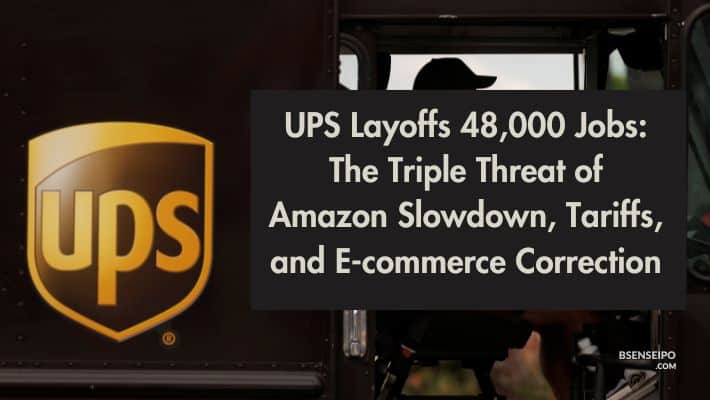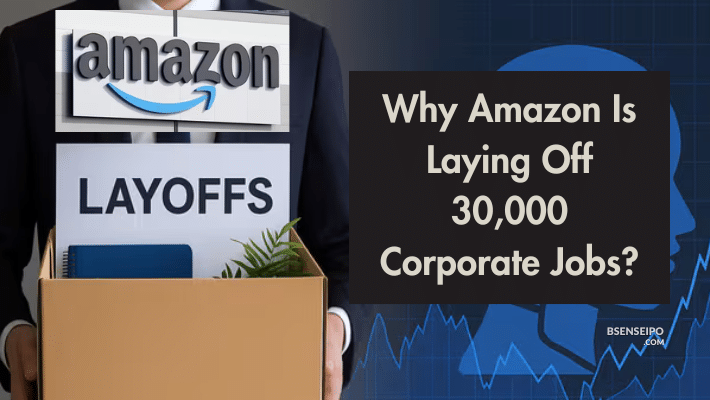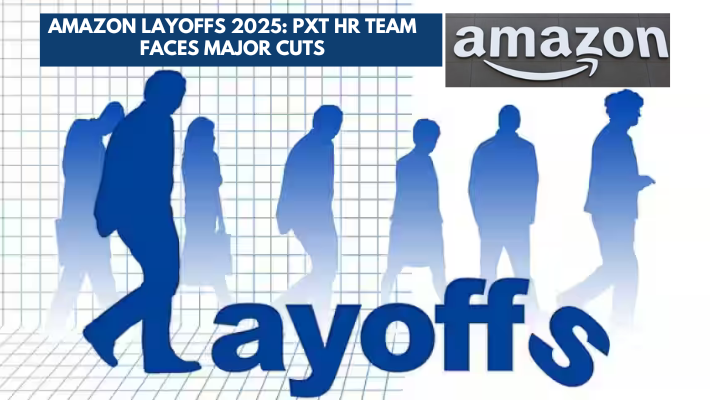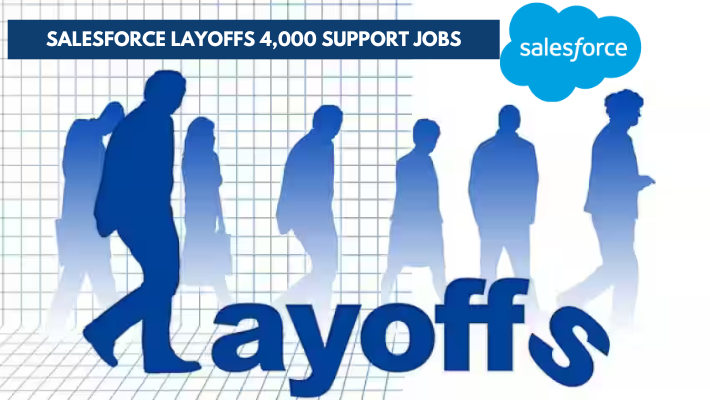UPS Layoffs, Amazon Slowdown, and Trump Tariffs: Key Impacts
UPS Layoffs 48,000 Jobs: United Parcel Service (UPS) has implemented a massive restructuring effort, which includes eliminating 48,000 jobs since last year. This sweeping change is a response to several major factors: an e-commerce slowdown, a significant reduction in business from Amazon, and the impact of global trade shifts and tariffs imposed by the US government.
The job cuts are part of UPS’s largest-ever overhaul, aimed at boosting profitability and regaining investor confidence after its stock lagged the broader market.
- Total Layoffs: Approximately 48,000 jobs have been cut since last year, including 34,000 operational roles (drivers, warehouse workers) this year and 14,000 management roles starting last year.
- Amazon Slowdown: UPS is strategically reducing its delivery volume for Amazon, its former largest customer, as the e-commerce giant develops its own logistics network and UPS prioritizes higher-margin business. Package volume from Amazon declined significantly in the third quarter of 2025.
- Trump Tariff Impact: UPS’s international business, particularly its profitable China-to-U.S. trade lanes, has been negatively affected by new or increased US tariffs on foreign goods. The company has cited “current macro-economic uncertainty” and trade policy changes as major headwinds, with one report noting a nearly 30% drop in parcels shipped from China.
- Financial Context: The cuts accompany a broader push for efficiency, with UPS targeting $3.5 billion in cost savings by the end of 2025.
UPS Layoffs 48,000 Jobs: The Triple Threat of Amazon Slowdown, Tariffs, and E-commerce Correction
The Scope of the Layoffs and Restructuring
- Details on the Cuts: Breakdown of the 48,000 roles (operational vs. management) and the timeline of the reductions.
- The CEO’s Vision: Quotes from CEO Carol Tomé emphasizing the move as the company’s “most significant strategic shift” to deliver “long-term value.”
- Cost Savings Goal: Discussion of the $3.5 billion in cost reductions and the closure of dozens of facilities to consolidate the network.
The Amazon Factor: A Fraying Partnership
- Volume Reduction: An analysis of the steep decline in package volume from Amazon, which is increasingly fulfilling its own deliveries.
- Profitability Focus: UPS’s stated strategy to “glide down” unprofitable Amazon volume to focus on higher-margin deliveries from small and medium-sized businesses (SMBs) and healthcare logistics.
The Tariff and Trade War Headwind
- Impact on International Business: Detailed figures on how new US tariffs, particularly on Chinese imports, have curtailed profitable trans-Pacific shipping volumes for UPS.
- Macro-Economic Uncertainty: How geopolitical trade policies have created volatility that necessitates aggressive cost-cutting and network reconfiguration.
Industry-Wide Implications and Labor Concerns
- Broader Trend: Contextualizing the UPS layoffs within a larger trend of workforce reductions at rival companies like FedEx and mass corporate layoffs at Amazon.
- Teamsters Reaction: The response from the Teamsters union, which represents many UPS workers, and the debate over the union contract, automation, and labor protections.




